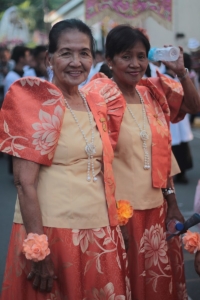 Several policies focus on advancing women’s rights in the Philippines to increase women’s empowerment and gender equality. The COVID-19 pandemic has brought to light gender disparities that make women’s rights progressions as urgent as ever.
Several policies focus on advancing women’s rights in the Philippines to increase women’s empowerment and gender equality. The COVID-19 pandemic has brought to light gender disparities that make women’s rights progressions as urgent as ever.
Barriers for Women in the Workplace
Women’s rights in the Philippines, particularly in the workforce, are progressing. According to the 2021 Global Gender Gap report, the Philippines ranks 17th globally in gender equality, having closed 78.4% of its gender gap. A major role player in the Philippines’ gender equality advancements is the Philippine Magna Carta for Women, a comprehensive human rights law enacted in 2009 to abolish discrimination against Filipino women.
Despite this progression, female participation in the workforce is low, standing at just 49%—one of the lowest rates in the East Asia and Pacific region (EAP) compared to the regional average of 59%. According to the World Bank, progression in female workforce participation rates has seen minimal improvement since 1990. Since 2015, this gap has reduced by just 0.3%.
The lack of participation of women in the labor force hinders opportunities for the nation’s overall economic growth. The World Bank says, “An increase of women’s labor supply by a mere 0.5 percentage points per year would increase gross domestic product (GDP) per capita by about 6% by 2040 and almost 10% by 2050.”
Barriers to Workforce Participation
A 2021 World Bank report on women’s economic empowerment explores the barriers to women’s participation in the Philippines’ labor force, including societal norms and beliefs.
The report’s survey on women’s work and childcare reveals that about 75% of Filipino males and 80% of Filipino women believe that men should be the breadwinners and women should bear the responsibility of caretaking and household chores. Further, more than 70% of men and 76% of women believe that a mother’s employment negatively impacts “the emotional and psychosocial development skills of a preschool child.” The World Bank has made policy recommendations to increase women’s participation in the labor force. This includes implementing “alternatives to child-care in the home” programs and promoting flexible work structures, such as remote work and e-commerce platforms.
The Magna Carta of Women
The Magna Carta of Women aims to abolish gender discrimination and protect women’s rights in the Philippines through a comprehensive definition of what constitutes gender discrimination. The law sets out extensive protections for women ranging from protection against violence to representation in male-dominated work sectors.
The Magna Carta of Women protects women from “all forms of violence” and ensures compulsory training on gender sensitivity for government staff who work in sectors “involved in the protection and defense of women against gender-based violence.”
The law calls for more women representation in male-dominated fields, such as the police and military sectors. Women must also have equal rights regarding “marriage and family relations,” among many other rights such as equal opportunities to participate in sports.
Women’s Empowerment in the Workforce
In March 2022, at The Manila Times Online Business Forum called “Empowered Women Powering Changes,” chairperson and CEO of P&A Grant Thornton, Marivic Españo said the Philippines boasts a high percentage of females in leadership roles.
According to Españo, in 2021, about 48% of Filipino women worked in senior leadership roles; however, this rate declined in 2022 to 39%. Despite the decrease, the Philippines still ranks fourth-highest in the world for rates of women in senior leadership roles.
Abigail Tina del Rosario, Maybank Philippines president and CEO, says women in the Philippines fare better than women in other countries in terms of academics, the professional arena, the political sphere and the legislative sphere.
The Philippines has resources in place to protect women’s rights in the workplace, like the Expanded Maternity Leave Law, the Safe Streets and Public Spaces Law and the Telecommuting Law that allows females to work from home.
Looking Ahead
Despite the challenges women in the Philippines face, policies and laws are in place to advance women’s rights in the country to empower women and eliminate gender inequality.
– Jacara Watkins
Photo: Wikimedia Commons
 In 2021, women accounted for approximately
In 2021, women accounted for approximately  The island nation of the Maldives is famous for crystalline waters and vibrant coral reefs. However, rampant plastic pollution threatens these core features of the Maldives. One women’s group, however, is working to alter that trajectory by reducing plastic pollution in the Maldives.
The island nation of the Maldives is famous for crystalline waters and vibrant coral reefs. However, rampant plastic pollution threatens these core features of the Maldives. One women’s group, however, is working to alter that trajectory by reducing plastic pollution in the Maldives.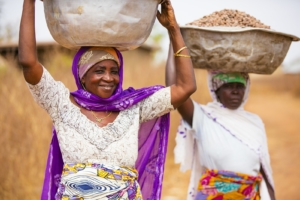 Shea butter, known as “
Shea butter, known as “ Period poverty is a global socio-economic issue that girls and women face due to the
Period poverty is a global socio-economic issue that girls and women face due to the  The Republic of Croatia is a country located in Central and Southeast Europe, bordering Serbia, Hungary, Slovenia and Montenegro. Since proclaiming independence in 1991, the country introduced policies, programs and reforms to improve the quality of life of its citizens. But, COVID-19’s impact on women and poverty in Croatia has had serious consequences for the country.
The Republic of Croatia is a country located in Central and Southeast Europe, bordering Serbia, Hungary, Slovenia and Montenegro. Since proclaiming independence in 1991, the country introduced policies, programs and reforms to improve the quality of life of its citizens. But, COVID-19’s impact on women and poverty in Croatia has had serious consequences for the country.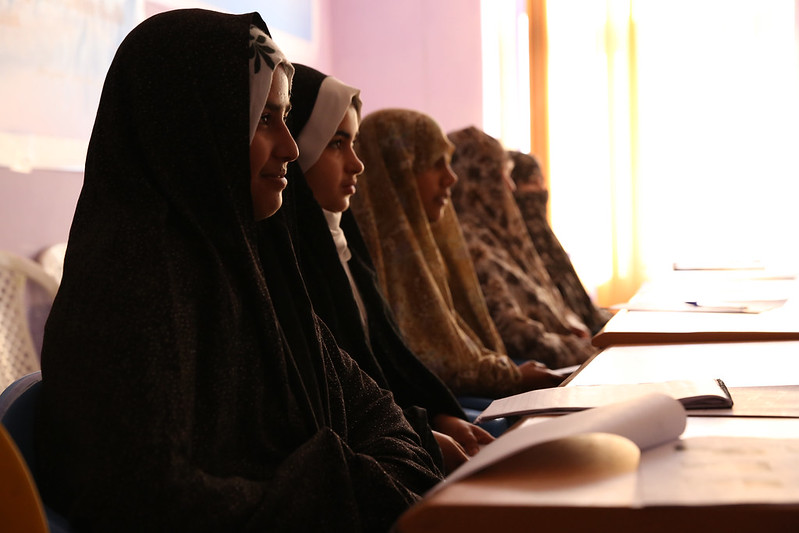 Period poverty in developing countries, such as Afghanistan, is a public health crisis and global poverty exacerbates the issue since it leads to individuals being unable to afford menstrual hygiene products. The American Medical Women’s Association
Period poverty in developing countries, such as Afghanistan, is a public health crisis and global poverty exacerbates the issue since it leads to individuals being unable to afford menstrual hygiene products. The American Medical Women’s Association 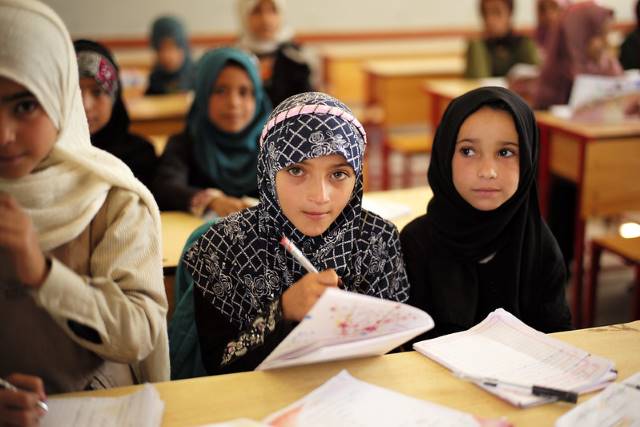 The impacts of the war in Yemen continue to cause tremendous humanitarian suffering, with more than
The impacts of the war in Yemen continue to cause tremendous humanitarian suffering, with more than  A new, injectable antiretroviral drug, cabotegravir (CAB LA), may have significant potential for preventing HIV among sub-Saharan African women. In November 2020, the World Health Organization (WHO)
A new, injectable antiretroviral drug, cabotegravir (CAB LA), may have significant potential for preventing HIV among sub-Saharan African women. In November 2020, the World Health Organization (WHO) 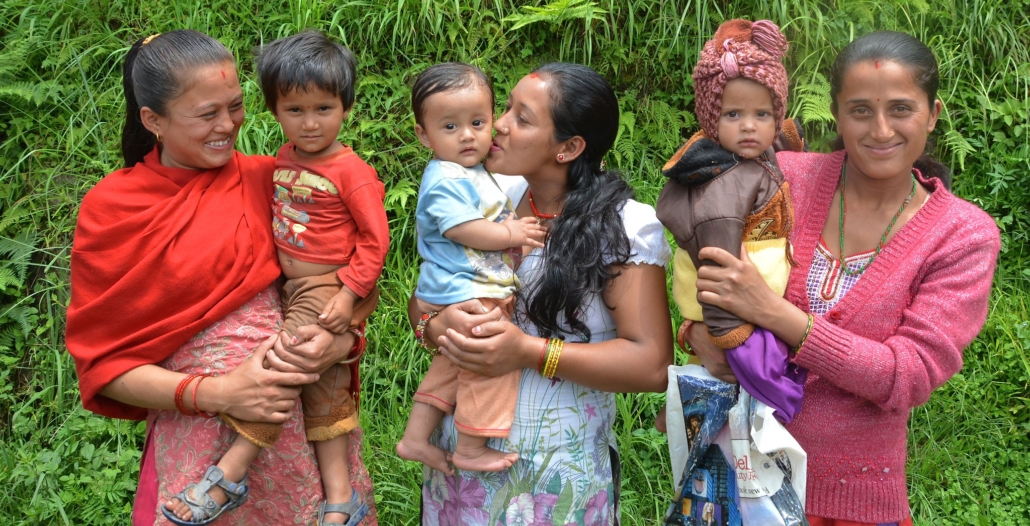 In Nepal,
In Nepal, 